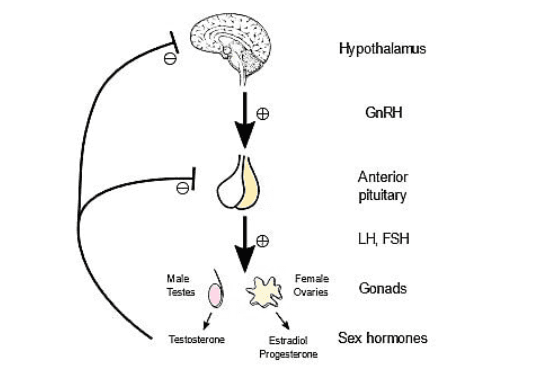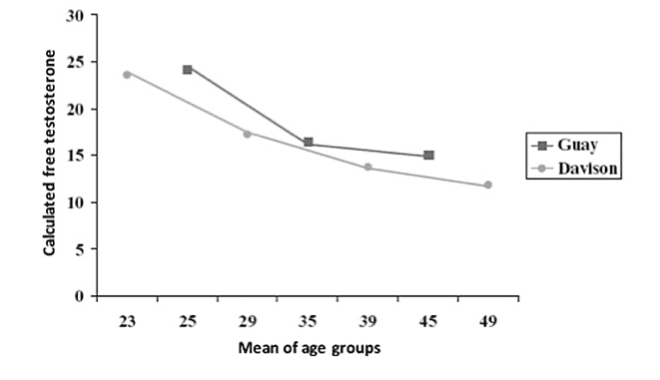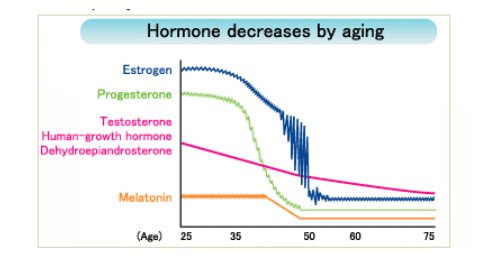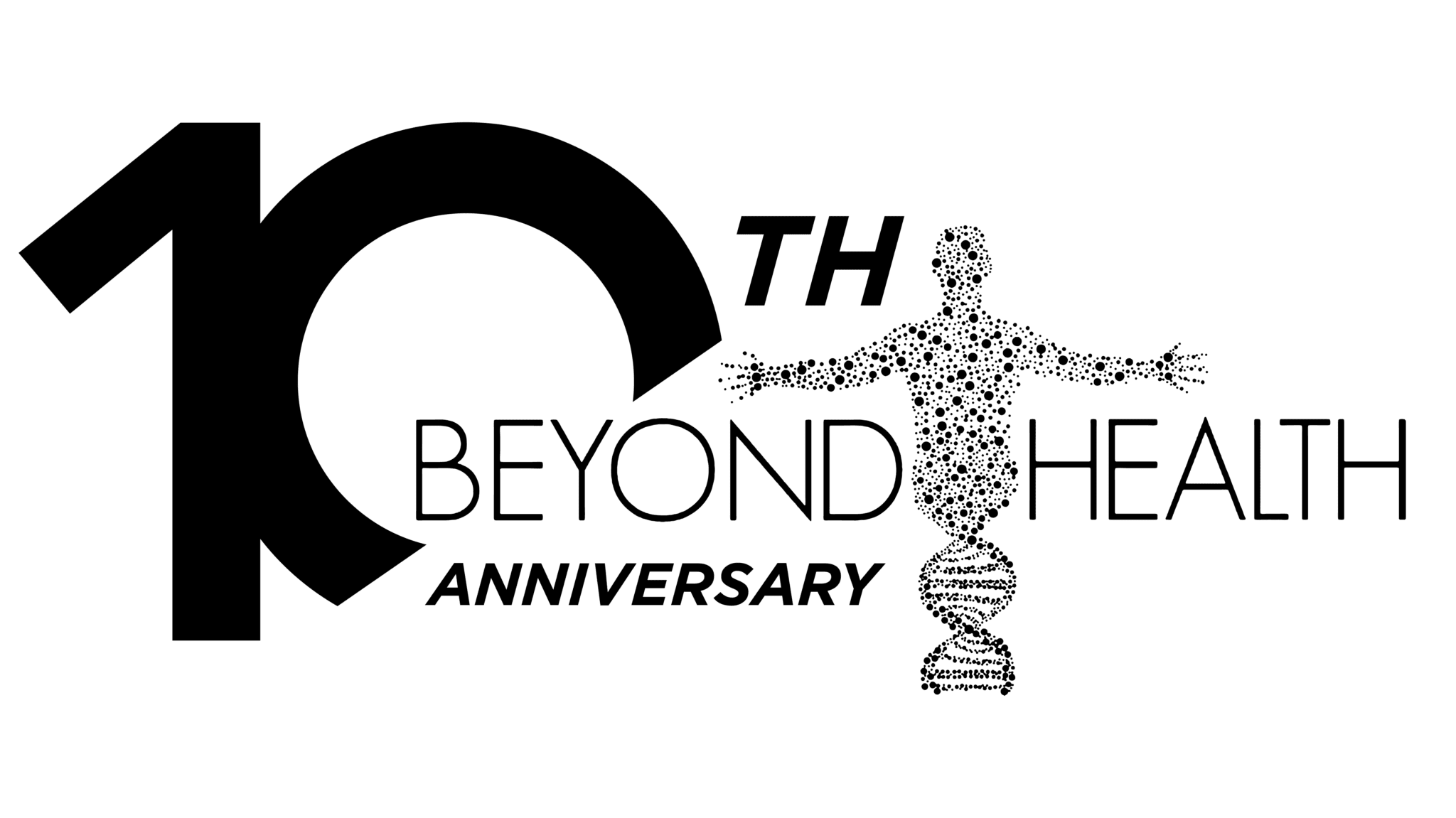Many people associate testosterone supplementation with men’s anti-aging care, but this androgen is also vital for the well-being of the fairer sex.
While it’s true that women have, on average, 10-20 times less testosterone than men, the male sex hormone testosterone nonetheless plays a critical role in women’s health.
To maintain optimal health across time, women must keep their testosterone levels at blood concentrations of 15-70 nanograms per deciliter (ng/dL) of blood – if they fall too low, major health challenges that harm quality of life and even trigger chronic illness will emerge.
Let’s get into what happens to women’s T counts over time, why testosterone is important for women’s health, and how women affected by a testosterone deficiency can recover their well-being with testosterone replacement therapy (TRT) using bioidentical hormones.

Testosterone’s Role in Female Health
In women, testosterone plays an indispensable role in wellness:
“Testosterone (T) is an important component of female sexuality, enhancing interest in initiating sexual activity and response to sexual stimulation. Testosterone is also associated with greater well-being and with reduced anxiety and depression.”
Like boys, girls experience an uptick in certain sex hormone levels during puberty. These include:
- estrogen
- progesterone
- testosterone
Unlike the male sex, however, females do not have testes, the main production center for testosterone in men. Instead, women’s testosterone is produced partly in the adrenal glands, partly in the ovaries, and the rest in various tissues using raw materials from the adrenals and ovaries.
Proper testosterone production in women depends on complex feedback loops that involve other hormones such as the so-called “stress hormone” cortisol, estradiol, and luteinizing hormone (LH), among others.
The feedback loop regulating is often termed hypothalamic-pituitary-gonadal axis (HPG axis).

In this way, testosterone in women is part of an overall hormonal balance needed for optimal physiological function – if any piece of the puzzle, including testosterone, becomes imbalanced, the health effects can be dire (more on that later).
The majority of testosterone in girls’ and women’s bodies is normally converted into estrogen, in effect preventing or limiting the various masculinizing effects of the hormone seen in boys and men such as voice depending and facial hair.
In women, testosterone supports:
- vaginal health
- breast health
- fertility
- bone health
- libido (sex drive)
- menstrual health
Age-Related Testosterone Loss (Not Just a Men’s Health Issue)
Like men, women’s testosterone levels decline with age. The chart below illustrates average testosterone levels for two cohorts of women from separate studies over time:

- Oophorectomy (surgical removal of the ovaries)
- adrenal insufficiency (inadequate adrenal function)
- hypopituitarism (inadequate pituitary gland function, the source of human growth hormone)
- Estrogen replacement therapy (ERT)
- Menopause*
*What Happens to Testosterone Levels During Menopause?
By far, the most common trigger for testosterone deficiency in women is menopause. We mentioned earlier that most of the testosterone that women require is manufactured in the ovaries.
During menopause, the output of sex hormones by the ovaries diminishes greatly. As a result, menopausal and postmenopausal women frequently experience testosterone deficiencies – among other hormonal imbalances.

Symptoms of Low Testosterone in Women
As we mentioned previously, healthy women’s testosterone counts fall in the range of 15-70 nanograms per deciliter (ng/dL) of blood.
When levels fall below that threshold, many symptoms can emerge, such as:
- fertility issues
- breast tissue changes
- irregular menstrual cycle (period)
- low libido (sex drive)
- osteoporosis
- vaginal dryness
Unfortunately, the symptoms of androgen deficiency in women may very closely resemble other conditions. This is the reason that testosterone deficiency is often overlooked by primary care physicians, even when such an imbalance is responsible for the symptoms in their patients.
One of the telltale signs of low testosterone in women is a loss of libido:
“The chief complaint of androgen-deficient women is decreased sexual desire, which is often characterized by a decrease in sexual thoughts and fantasies, as well as actions.”
The Proven Benefits of TRT For Women
The good news here is that testosterone deficiencies in women, regardless of cause, are largely reversible through testosterone replacement therapy (TRT).
Often, for women experiencing the effects of menopause, anti-aging healthcare providers will combine TRT with other forms of hormonal therapy, particularly estrogen therapy:
“The greatest decline in circulating testosterone occurs during the late reproductive years. Testosterone is often prescribed to improve sexual function in postmenopausal women presenting with low libido… Testosterone is administered to postmenopausal women with concurrent estrogen or estrogen plus progesterone therapy.”
A wealth of clinical literature supports the efficacy of TRT for women in treating “Women’s Sexual Interest and Desire Disorder,” the medical nomenclature for chronically low female libido:
“Testosterone therapy in the low-dose regimens is efficacious for the treatment of Women’s Sexual Interest and Desire Disorder in postmenopausal women who are adequately estrogenized. Based on the evidence of current studies, it is reasonable to consider testosterone therapy for a symptomatic androgen-deficient woman with Women’s Sexual Interest and Desire Disorder.”
In addition to the benefits for sexual health, TRT is proven to support both cognition and muscle mass in women who have experienced menopause:
“Clinical trials suggest that exogenous testosterone enhances cognitive performance and improves musculoskeletal health in postmenopausal women.”
How Does TRT For Women Work?
The process for testosterone restoration via replacement therapy in women is similar to that for men – albeit, with more modest goals in terms of the levels of the hormone (between 15-70 ng/dL).
The basic process is broken down here:
- Consult with healthcare professional (discuss symptoms, wellness goals, etc.)
- Submit blood sample for analysis
- Collect results and reconvene with healthcare provider
- If appropriate, collaborate to produce a plan for therapy
- Begin therapy with ongoing monitoring of testosterone levels
The benefits of TRT, including greater energy levels and renewed vigor (including sexual desire), become apparent within as little as a few weeks of the start of therapy.
For women who are testosterone-deficient, we offer bioidentical hormone replacement therapy (BHRT) using bioidentical hormones via the process described above.
BHRT is the ideal method of hormone therapy because bioidentical hormones (as the name implies) exactly match the molecular profile of naturally occurring testosterone.
Optimize Your Testosterone (and All Hormones) With Bioidentical Hormone Replacement Therapy (BHRT) From Beyond Health
Beyond Health specializes in TRT for women.
Affordable, quick blood tests offered by Beyond Health can accurately determine your testosterone levels. With a single blood draw, Beyond Health also screens every other major hormone (of which humans have more than 50) to assess your overall hormonal balance and diagnose any other hormone-related condition for treatment.
Contact us to learn about getting started. Take charge of your wellness today; your restored vitality is just around the corner.
This article has been reviewed and approved by our medical team.
*This website is for educational purposes only. It is not intended as a substitute for the diagnosis, treatment, and advice of a qualified licensed medical professional. This site offers people medical information and tells them their alternative medical options, but in no way should anyone consider that this site represents the practice of medicine. This site assumes no responsibility for how this material is used. Also note that this website frequently updates its contents, due to a variety of reasons, therefore, some information may be out of date. The statements regarding alternative treatments for cancer have not been evaluated by the Food and Drug Administration.

